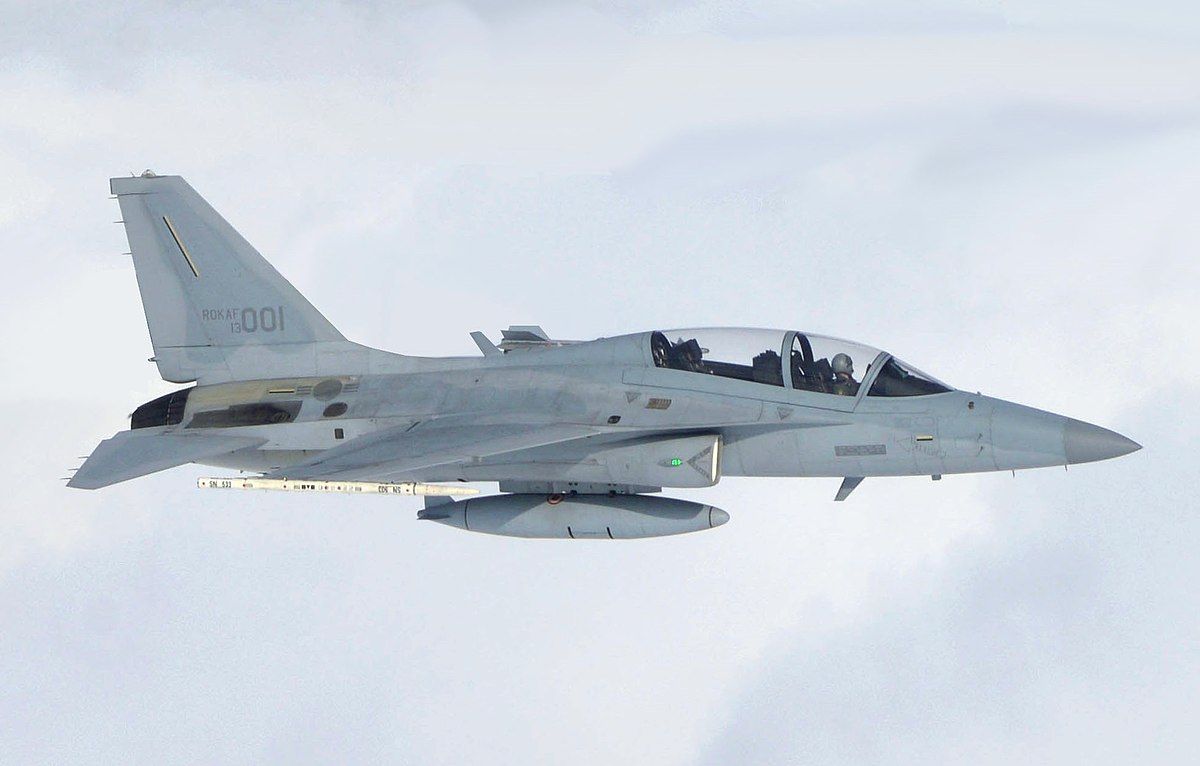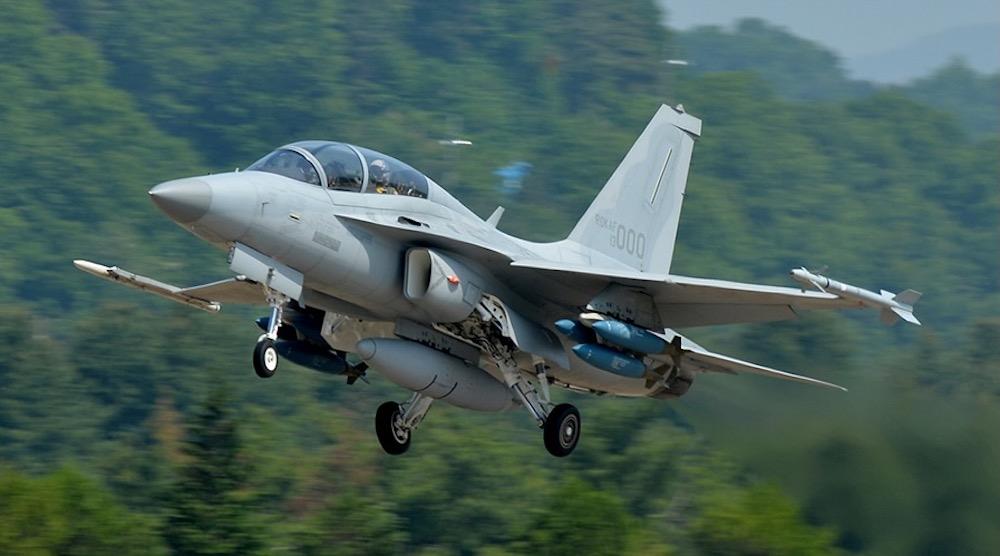
In terms of prestige, the FA-50 Fighting Eagle fighter jet can be called a source of pride for Korea Aerospace Industries (KAI), because this light fighter has not only been successfully adopted domestically, but also received orders for the export market, especially a number of avionic upgrades and radar systems. and weapons, making the FA-50 even more powerful.

However, there is one limitation that feels annoying, because it was created as a development variant of the T-50 Golden Eagle lead-in fighter training (LIFT) jet, the FA-50 design follows the tandem seat (double seat) standard. So, as the popularity of the FA-50 rose in the export market, the (long) idea arose to design the FA-50 in a single seat variant, which became known as the F-50.
Quoted from aviacionline.com (17/10/2023), in a ceremony at the head office of Korea Aerospace Industries (KAI), the company’s development strategy until 2050 was announced, in which the CEO of KAI discussed the future development of the FA-50, which includes aircraft versions F-50 single-seat light fighter.
It was said that KAI had actually planned from the start so that the FA-50 design could develop into the development of a light, single-seat aircraft with multi-role combat capabilities, which was named the F-50.
This is not surprising because the development of the T-50 also involved assistance from Lockheed Martin from the United States. With assistance from Lockheed Martin, the T-50 advanced training aircraft was created which was created from the design concept and technology of the F-16. For the record, KAI has also produced the KF-16 (South Korean version of the F-16) with a license from the US.

Therefore, the T-50 (which later became the FA-50) always had in its DNA the potential to become the F-50, a light fighter that could do 80 percent of what the F-16 could do, but at the cost of lower operations.
Kang Gu-young, Consultant from Korea Aerospace Industries, said that the F-50 development strategy represents a big leap forward for the company, especially in terms of innovation, investment in research and development, recruitment and training of human resources.

Other strategies that must be implemented include reducing dependence on government procurement contracts, by focusing on the export potential of the product. This is where the possibility of developing the F-50 emerged. He added that funds for the development of the F-50 would be difficult to obtain from the government, considering that the budget allocation had been directed at the KF-21 Boramae project.
The successful export of the FA-50 to Poland through close cooperation with the government and rapid response in a rapidly changing security environment confirms the potential of the European market, which KAI previously considered inaccessible for its products.
Population of hundreds of old fighter aircraft such as MiG-21, F-5, A-37, A-4 Skyhawak, Alpha Jet, L-39 and other trainer or fighter/attack aircraft models that must be replaced with new aircraft that are technologically advanced and more economical, inevitably becoming a marketing opportunity for the FA-50 and later the F-50.

With a singlet seat fighter design like the F-50, this light fighter aircraft will have more options for carrying out combat missions, such as increasing weapon capacity, more fuel, and the impact on the weight and performance of the aircraft itself.